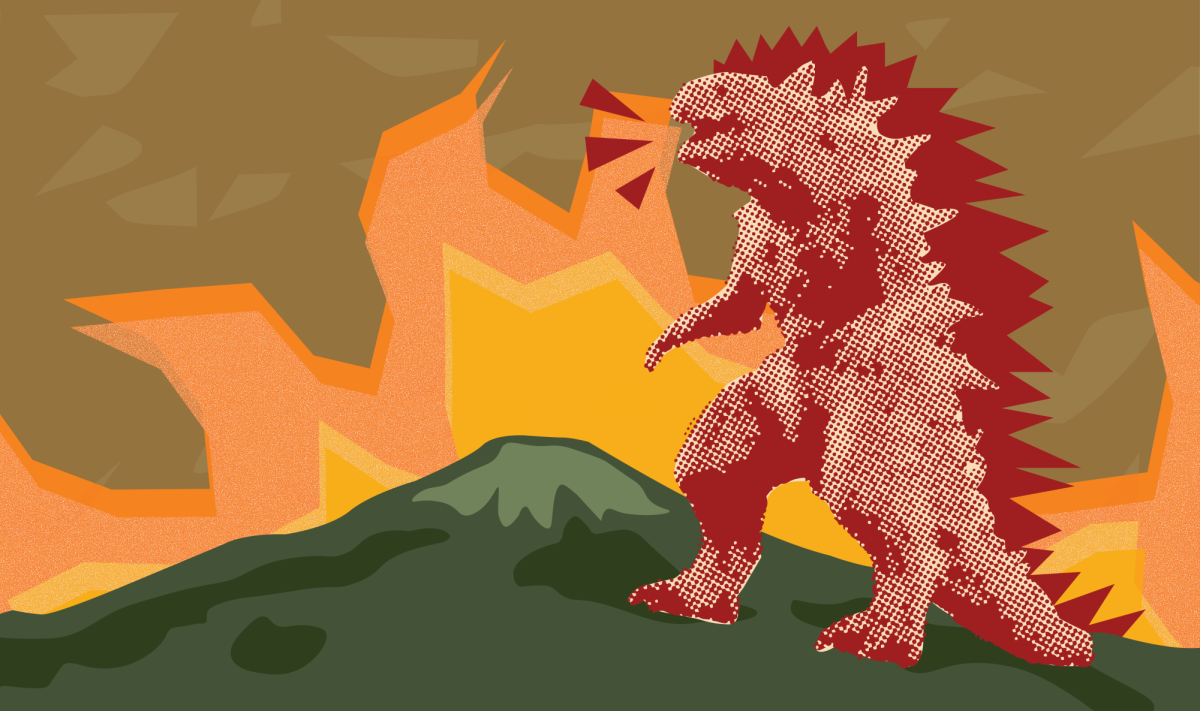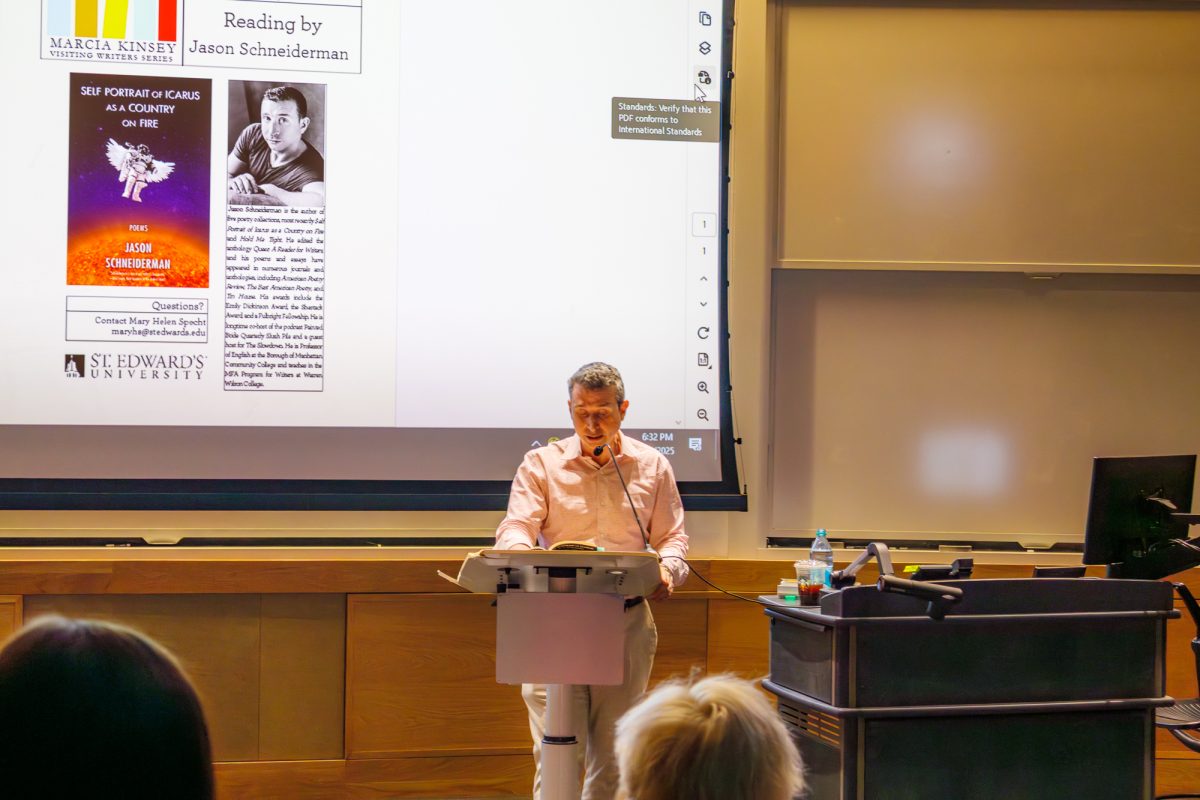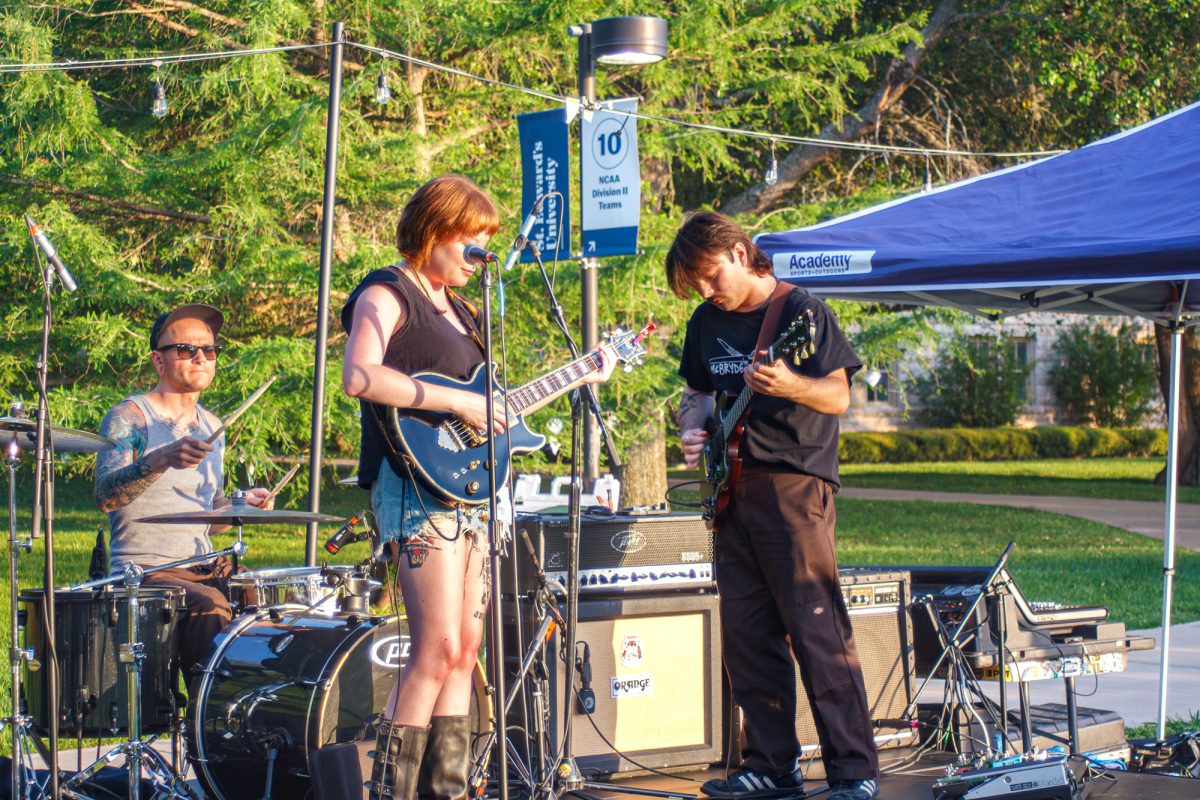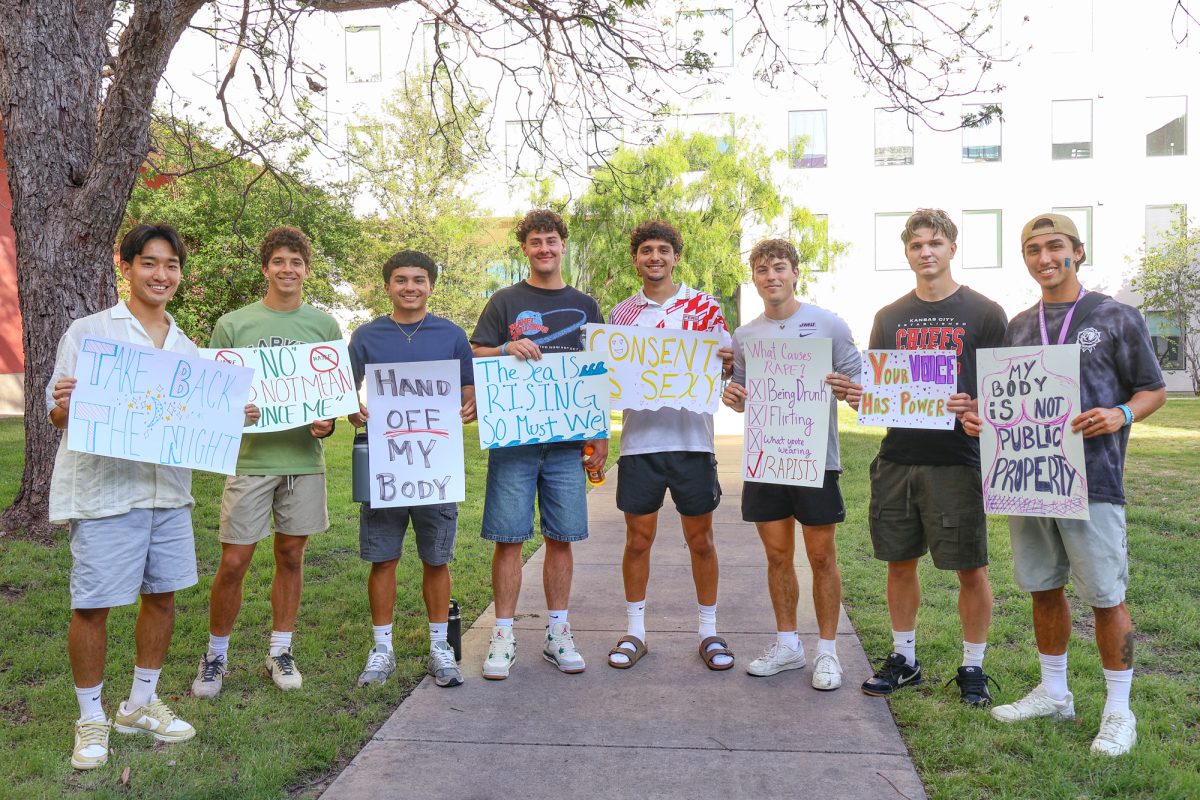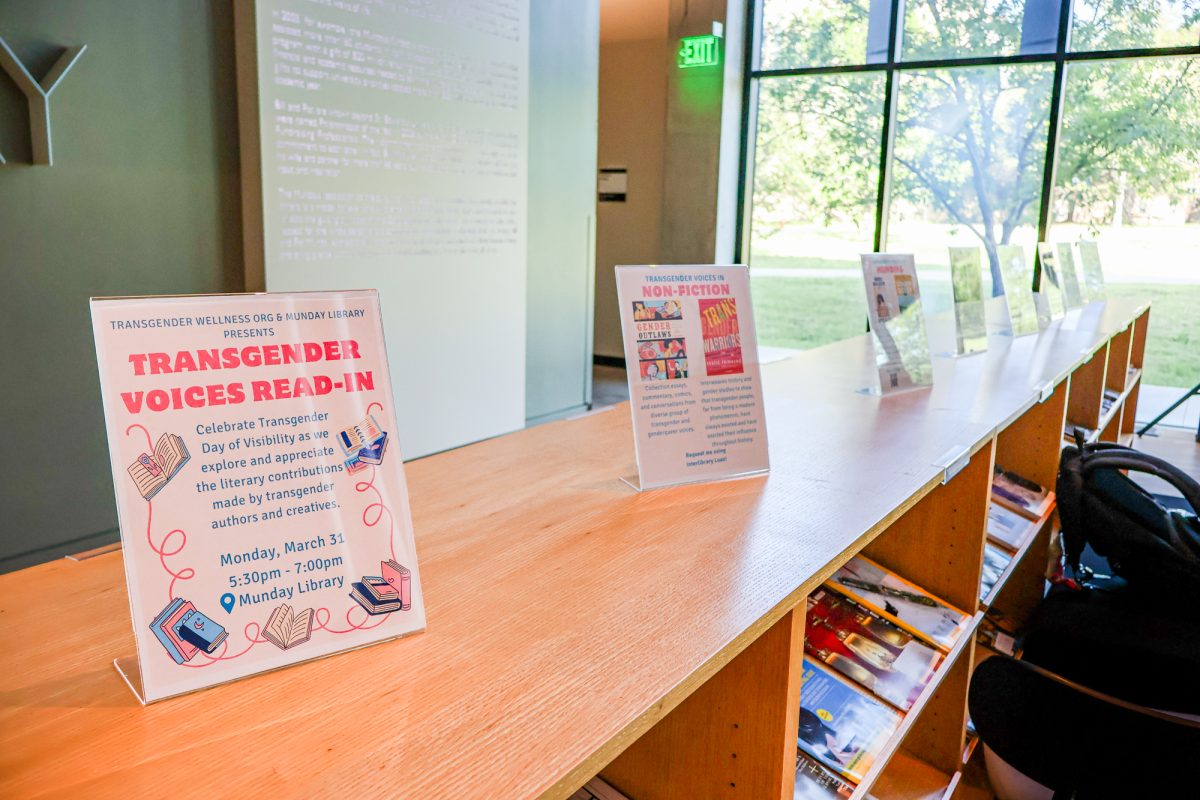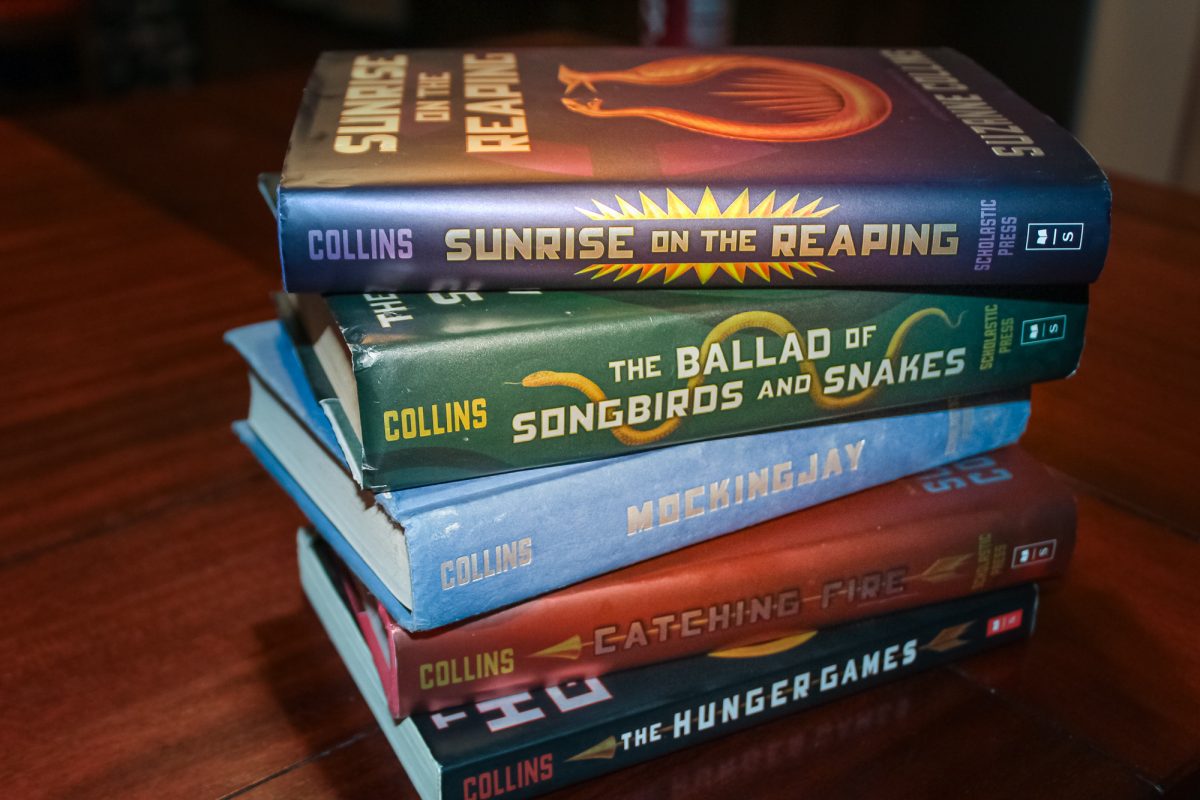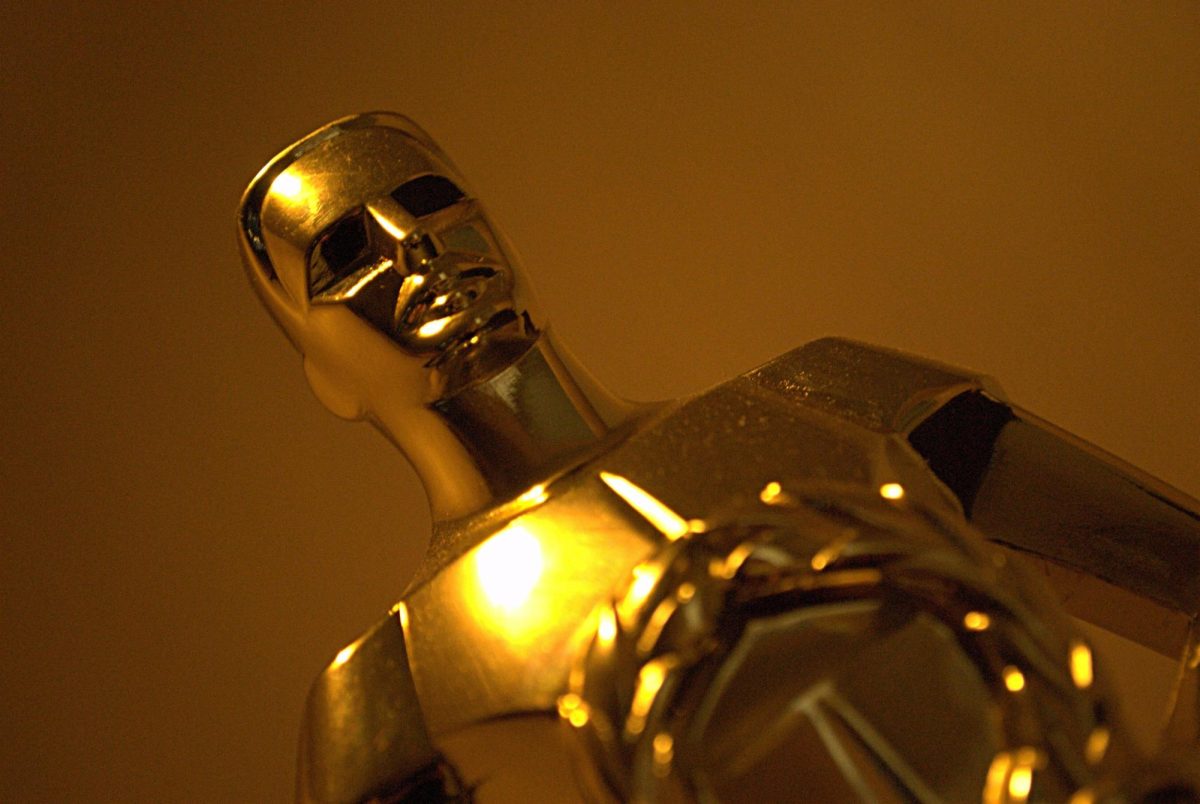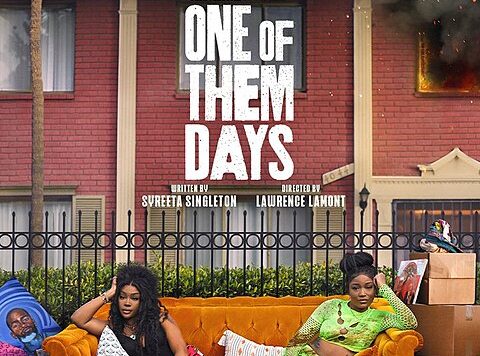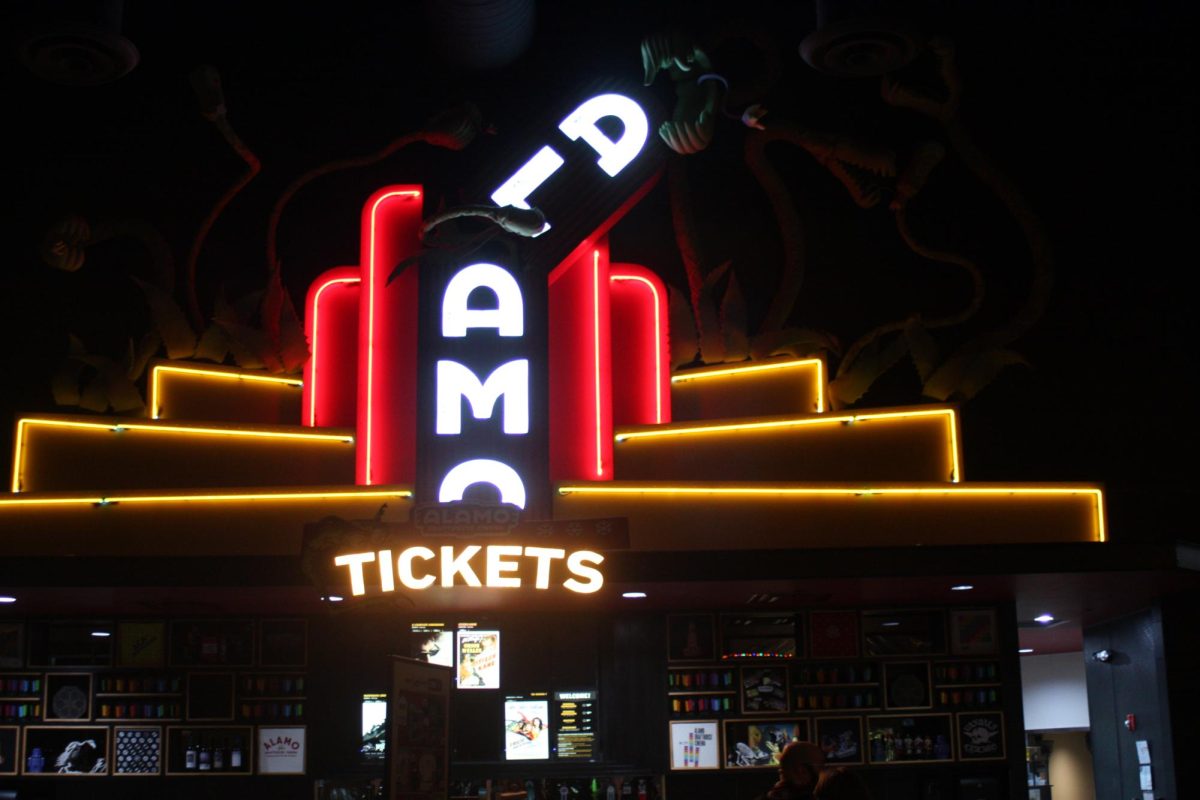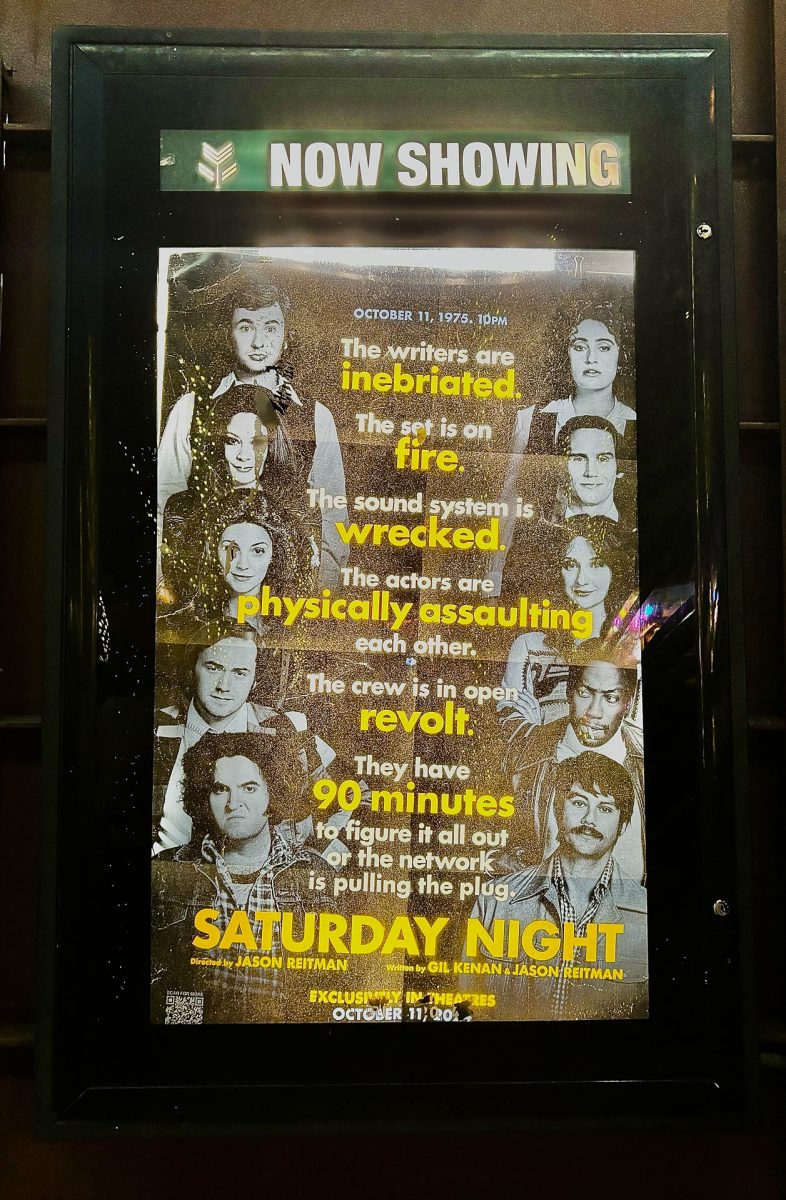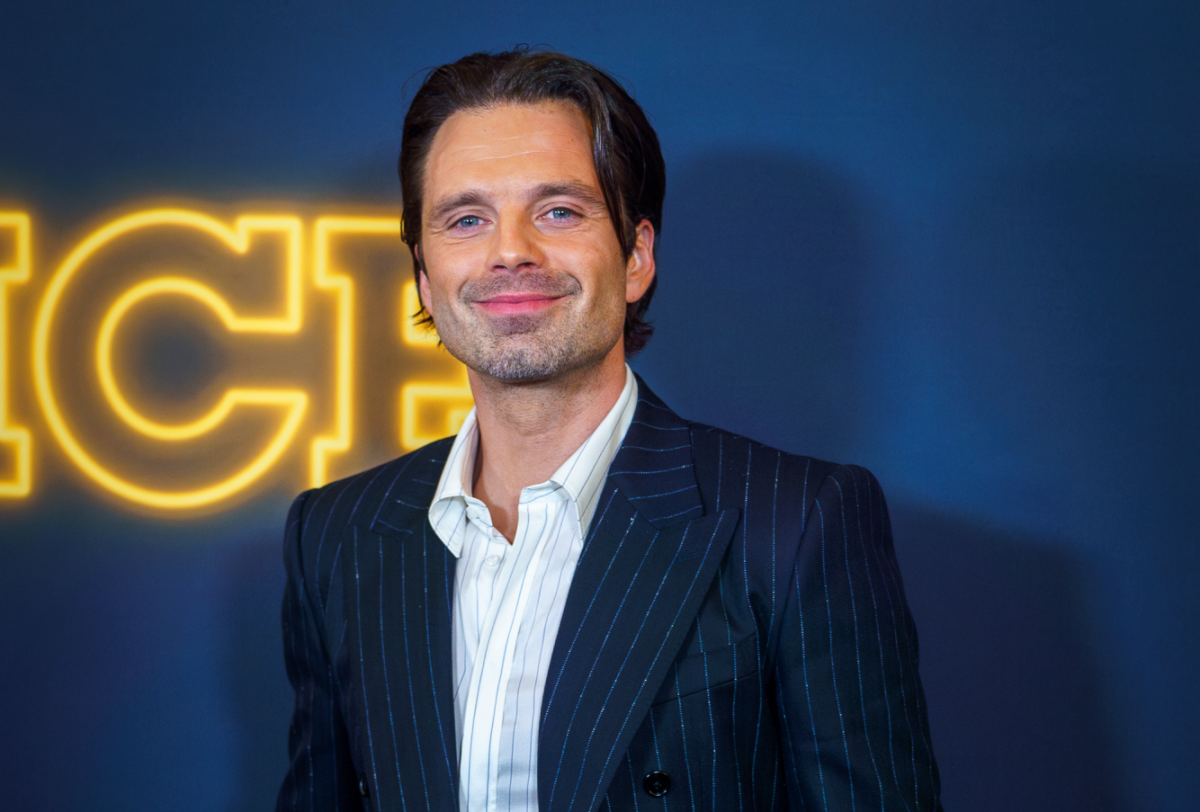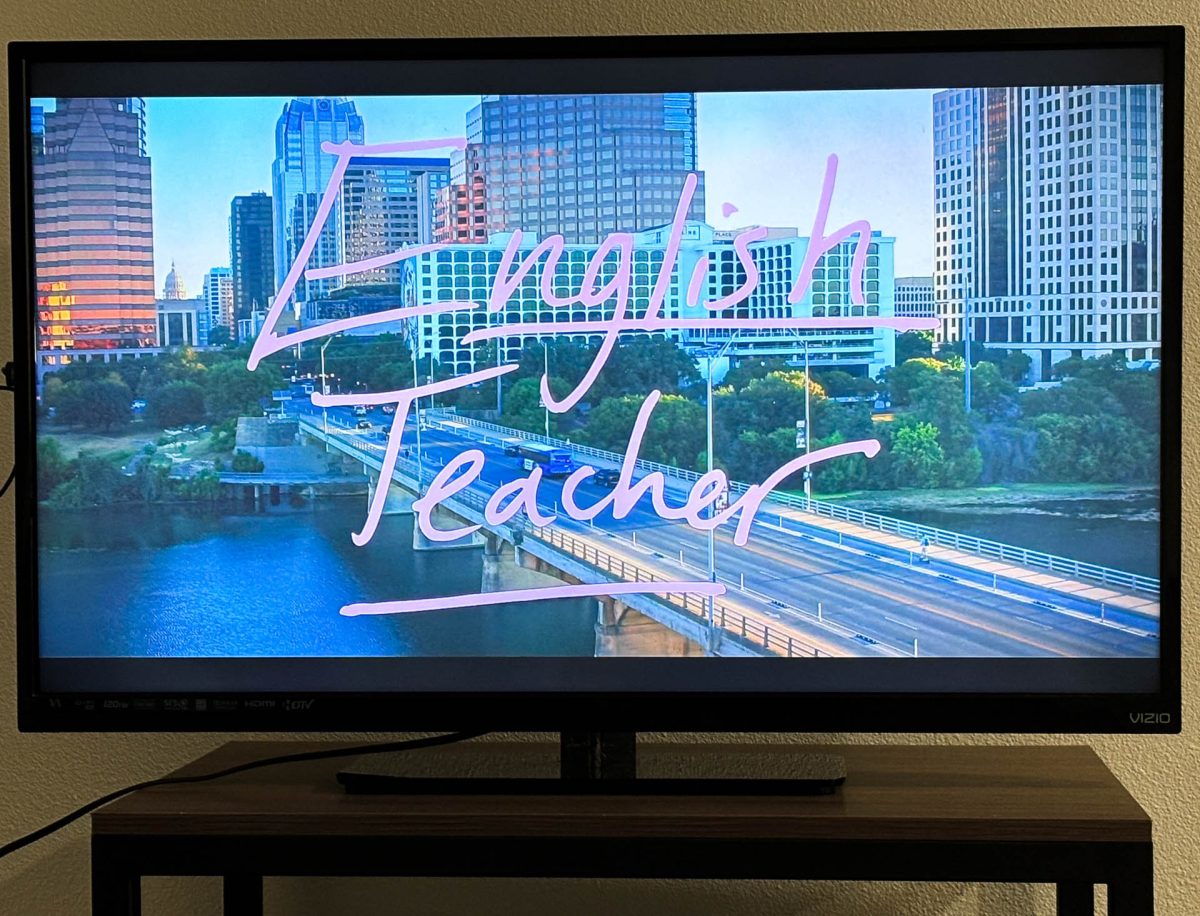If there is a singular aspect that makes the King of the Monsters stand out, it’s his presence. Behind his actions are not only power but genuine malice and chaos incarnate, ravenously clawing apart the human world at a whim. Each time Godzilla appears, a sense of dread washes over you — the sheer menace of the monstrous beast threatening to reach through the screen and drag you to an untimely demise. These aspects, which I refer to as his presence, is what made Godzilla an international icon that has persisted through dozens of films spanning almost a century.
Such was the sensation I felt when I first saw the original 1954 “Godzilla” in my youth, and I have not felt such unbridled dread since that day. Since then I have seen many of the subsequent Godzilla films, both old and new, but something was always missing from them. They lacked that devilish spirit; that terror, that horror, that ability to induce fear as their precursor once did.
Honestly, I thought Godzilla’s original presence had been forgotten and lost to time. Then I saw “Godzilla Minus One,” and I felt that fear grip me again.
For the first time in too long, Godzilla was an absolute menace on the screen. Skillful writing slowly increases his threat level perfectly, consistently raising the stakes and driving the humans of the tale into even deeper despair.
Watching Godzilla’s return to form in this new feature film was nothing short of a treat and something I would trade a box of cookies to experience for the first time again. If one box is not enough, I can offer two. No? Well, onto the dreaded human story it is, then.
From the first movie, the human aspect has been a vital part of Godzilla films, and “Godzilla Minus One” is no different. In recent years, this focus has disappointed fans and often distracted from the actual monsters than fitting cohesively into the plot. This time, however, I was pleasantly surprised, not only by the skillful balance between human storytelling and monster madness, but also by the impact of the human stories presented in the film.
In “Godzilla Minus One,” the human story not only holds actual bearing on the overarching story but is engaging as well. The film addresses many heavy topics and themes across its runtime, handling them very well and incorporating them into the overall narrative both skillfully and effectively.
At many points throughout “Godzilla Minus One” where things didn’t look like they could get worse, they somehow did. The film consistently subverted expectations and pushed those the audience grew deeply invested in closer toward breaking points and ultimate failure. Watching the protagonists face their demons and grow as a result was great to see — an empowering tale of persistence and redemption which brought about a surprisingly satisfying ending to such a bleak and turbulent tale.
Ultimately, while I do hold the original 1954 “Godzilla” film as king, “Godzilla Minus One” is a close second — far closer than I thought it would be. Its human story is on par with the original and in some ways surpassed the original in terms of storytelling. “Godzilla Minus One” has an excellent balance between its human story and monster-making-things-go-boom, which was very refreshing compared to the more human-story-focused Monsterverse films of Universal. If you’re looking for a kaiju film with some heavy human storytelling, a menacing monster and an astounding ending, “Godzilla Minus One” is for you.
For us non-Japanese speakers, the subtitled version is the only one in theaters at the moment, so if you are not comfortable with reading in the cinema you might want to wait until a dub in your language of choice is released.
On the goat scale, I hereby award “Godzilla Minus One” five out of five goats. As a film, it is indeed worthy to portray the King of the Monsters.


